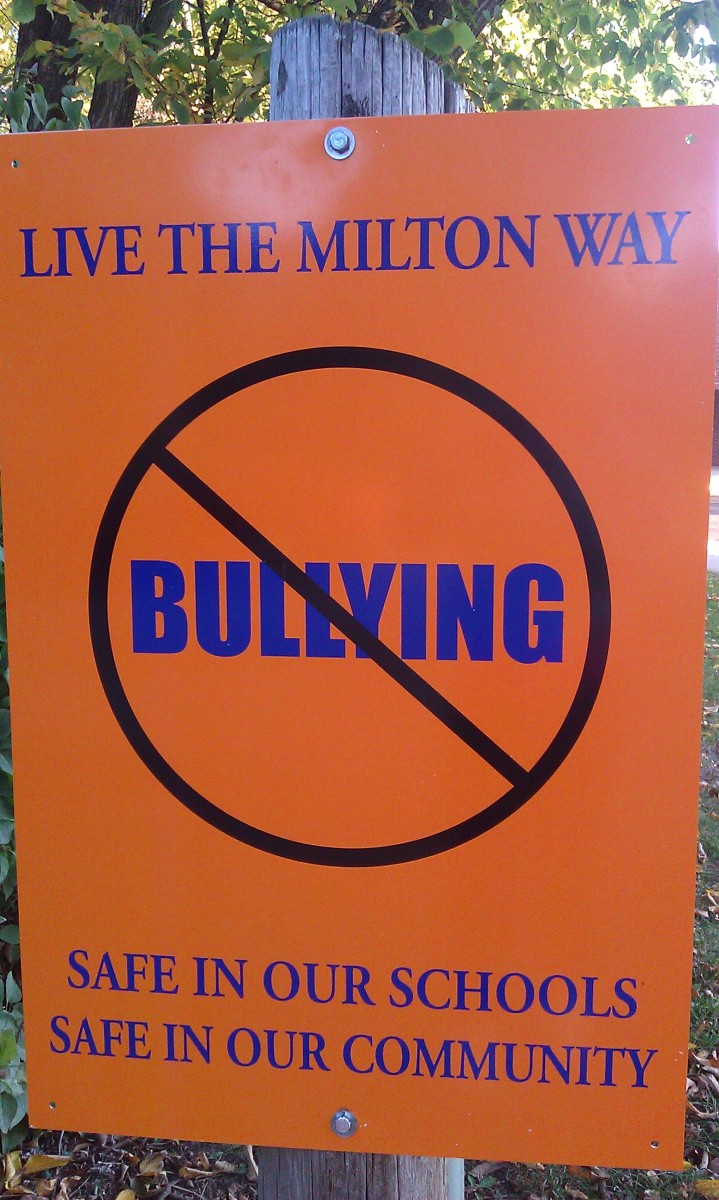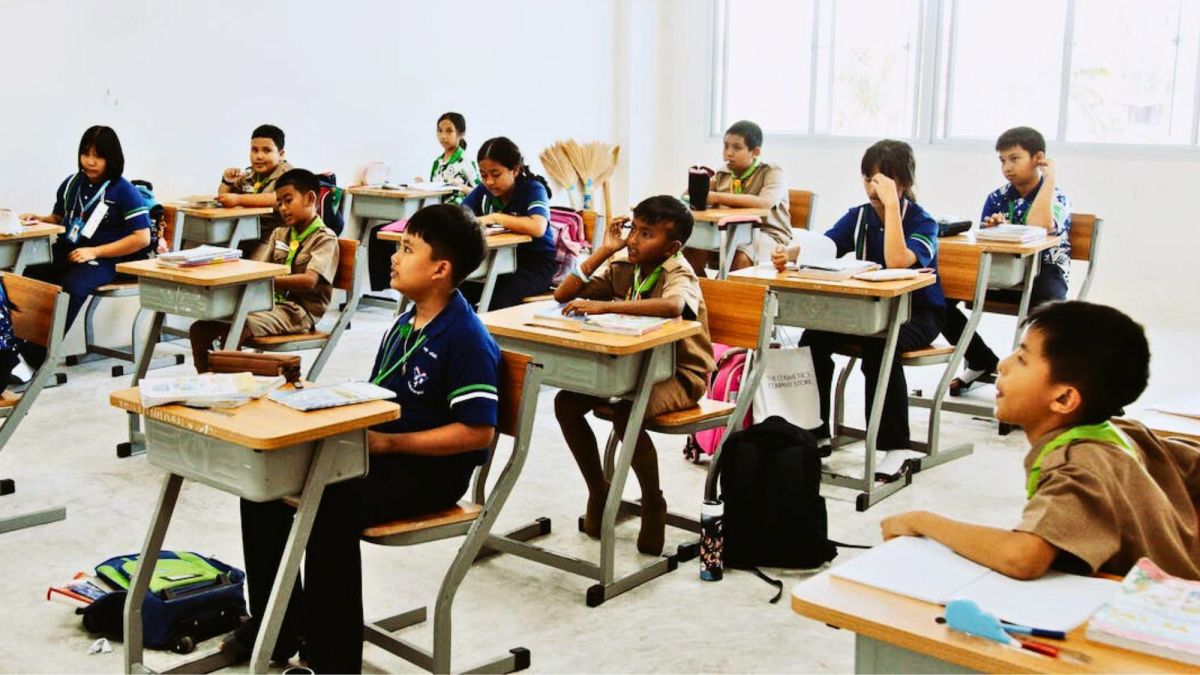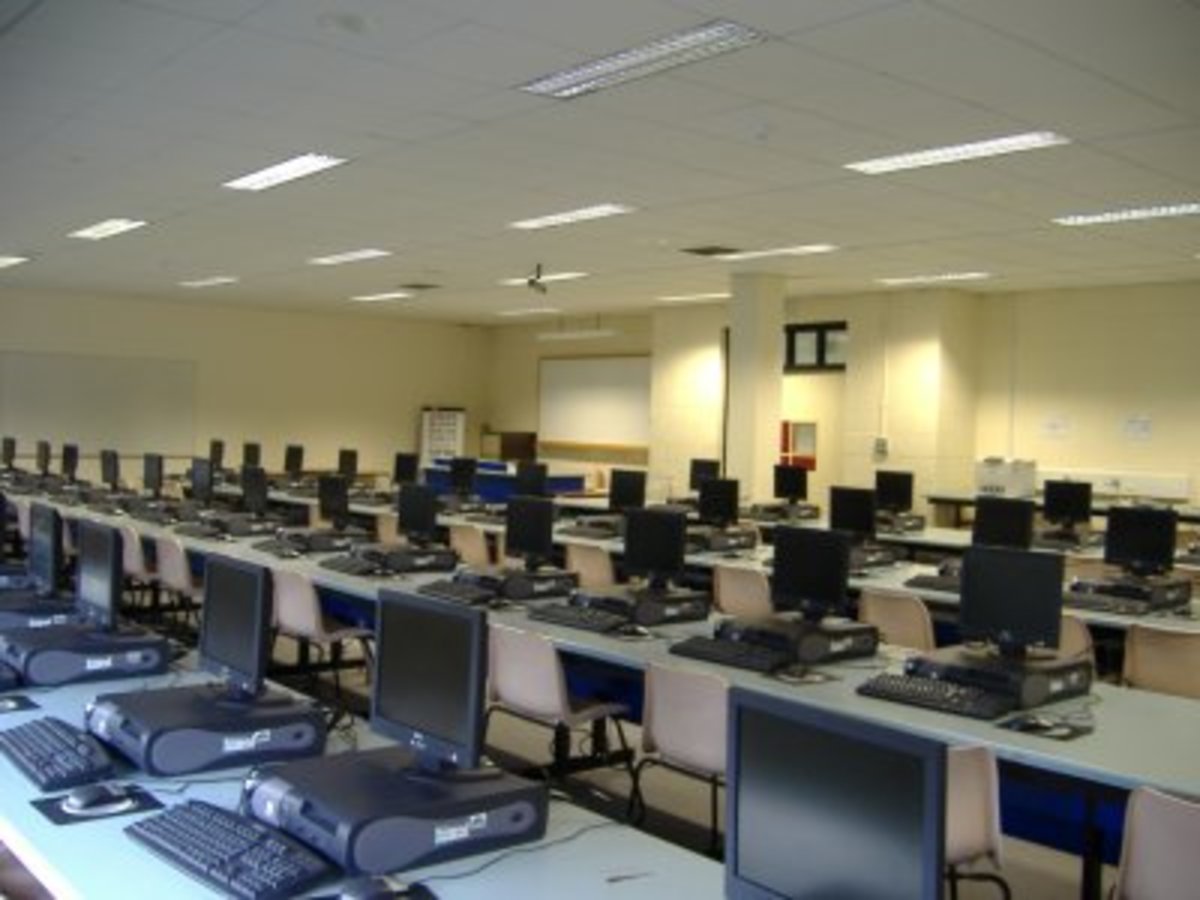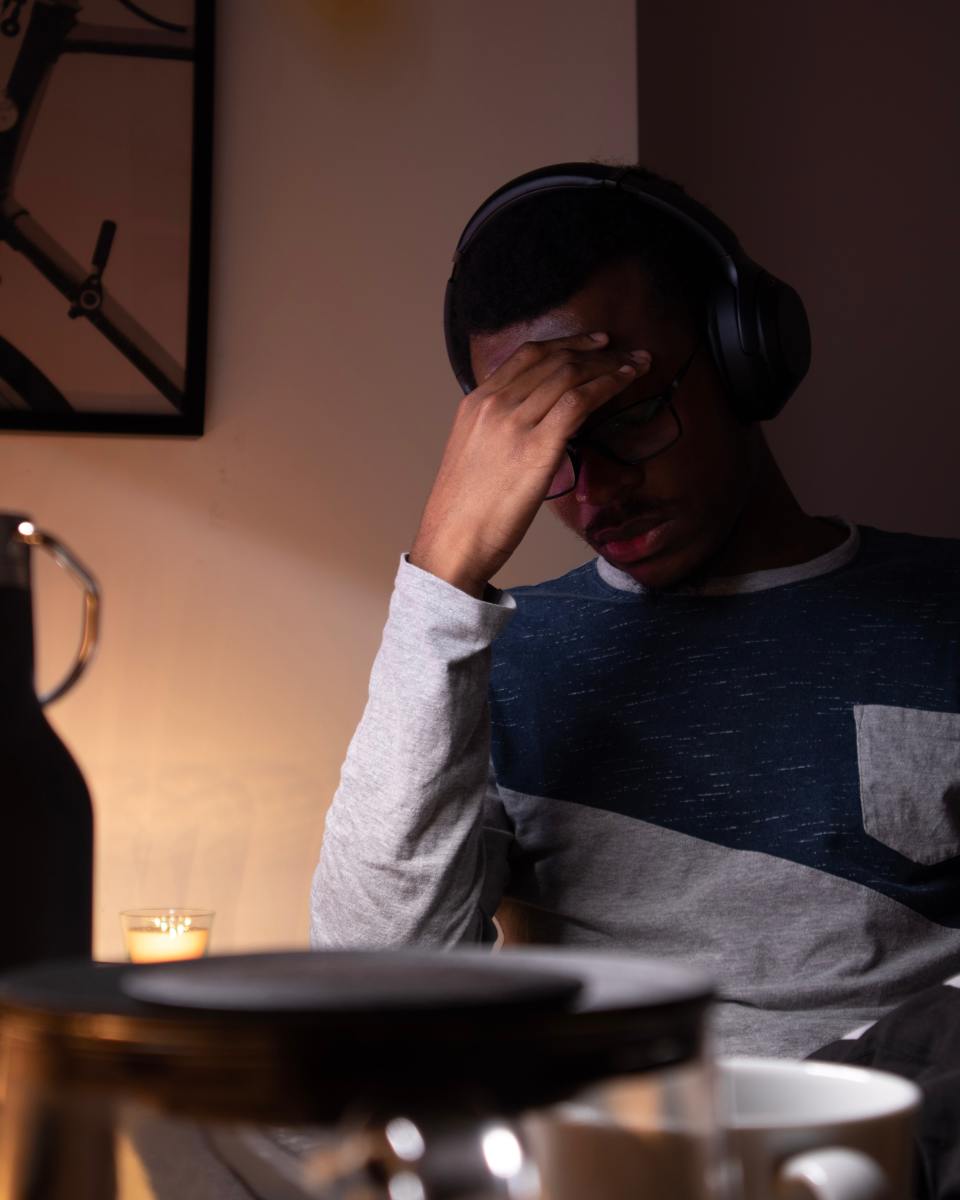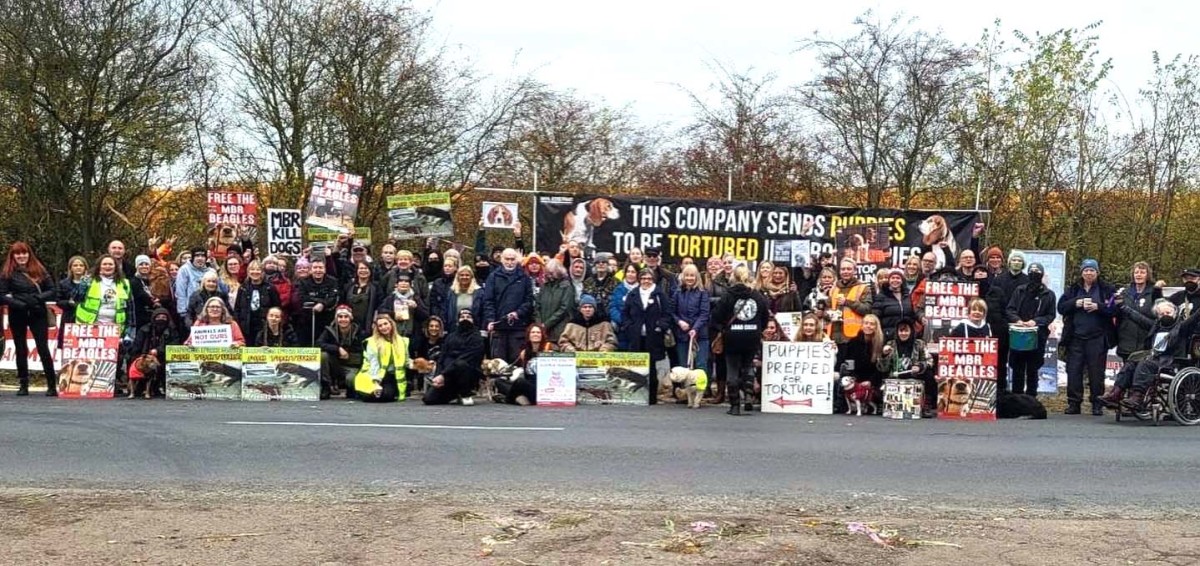Community Involvement Project
“The true character of society is revealed in the way it treats its children.”
— -Nelson MandelaThe future of humankind heavily depends on the ability to cultivate healthy development of the next generation. With the rapidly evolving research and increased focus on children in the last few decades; parents, caregivers, and professionals in the child development field are all coming together to realize how important strong communities are to improving child rearing practices and ultimately improving human civilization.
Humans have habitually recorded history from adult’s eyes, but they have rarely recorded the plights and successes of children. It appears from a historical record that children have been largely forgotten as significant to human society. Times are clearly changing, but we cannot continue to wait for someone to come along to guide us. We must take proactive charge over the change we want to see in our communities. The children of today will be the leaders of tomorrow, and if we do not train them with character habits such as respect, responsibility, honesty, empathy, and perseverance; as well as build their resilience, we will have a weaker society that will inevitably crush under the weight of discrimination, lack of collaboration, and eventually increased violence.
The Community Involvement Project (C.I.P) is all about building strong communities as a web of protection for children, their families, and the community as a whole. We do this by generating safer environments, building character habits and resiliency in youth and families, and spreading optimism in the community. This project is also about releasing or reducing the stresses of daily life, as stress is one of the leading contributors to health problems including mental illness and heart disease.
On top of that, it is increasingly important to educate America about child development because let’s face it, no parent comes with a manual on how to raise children, and no child has a manual on how to be human. Learning how to be human comes from interaction with others, not just our guardians, but everyone in the community. It is vital to teach our children how to be respectful and responsible and to do that we must implement these character habits in our daily life.
This is more than a report, this is a call to action to form new habits and new communities that progress our collective humanity for the better.
The Issues at Hand
Children are the foundation of every society around the world. The way in which children are treated is a leading indicator to how the next generation will be like (1)(2). Even with this growing knowledge we do not do enough to help the future of our humanity and our world.
In the U.S. alone there are six to seven thousand (6,000 to 7,000k) unique child abuse cases per year, with over three million (3,000,000) children under the protection of Child Protective Services. (source) That number is much larger around the world, where neglect, violence, maltreatment, and many natural yet avoidable traumas occur. (6) It is vital that we realize that these are not just numbers, these are young people that are growing up seeing this world through a lens that is filled with violence, pain, loneliness, and anger. These are young people that will be the future workers and leaders of our next generation.
While this may seem like it is too big to tackle, there is much hope. The numbers of abused and neglected children are small compared to the number of people that can help, which is why strong communities are so vital to changing our society for better or worse.
Organizations like UNICEF, WHO, CDC have all come to the same conclusion from extensive observations and research; child neglect, abuse and trauma have a plethora of damaging effects on health and brain development that lasts throughout a lifetime. (1)(5)(6) All of these things increase stress on children, which further impacts children’s overall development in very negative ways that affect them for the rest of their lives. (5) Children that suffer many abuses without proper intervention are more likely involve themselves in high-risk behaviors during adolescence and adulthood. (1)(2)(5)(6) In addition, those who were abused or neglected without intervention will likely repeat the same abuses to the next generation. (6)
These high-risk behaviors include drug abuse, violent behavior (including bullying), gang activity, and sexual activity at early ages. (1)(2)(6) These high-risk behaviors cause problems in school, at home, and in the community.{6} They pose a risk for the whole society as the children being abused and neglected slip through the fingers of the courts, the schools, and the communities and later become a bigger problem as adults. The problem is not the behavior but the reason why they are acting out, which is fed by increased toxic stress in childhood.
It would be unwise to deny the increased discrimination, lack of collaboration, and increased violence in human society around the world. The world is rapidly changing, and we are rapidly becoming overpopulated. If our children are the leaders of tomorrow, then we definitely need to work harder to help the future of our shared humanity before it is too late.
(To know more about toxic stress and its impact on people, please click here, or refer to the Works Cited below)
When Education Fails Youth
In the U.S. the drop-out rate from public schools seems small, but the drop out rate (7.4% - 12.1%) does not include the number of youth dropping out in a year (about 1.2 million). (8) That’s about 7,000 a day in the United States alone. 75% of these dropouts commit crimes that land them into trouble with the law, which increases our prison population and our national debt of court fees, police force, rehab, medical fees, etc. (8)
These inevitable costs for these kids later in life could have been prevented by effective community intervention programs.(1)(2) This is what the Community Involvement Project is all about; changing the path of humanity by helping human people when they are young, rather than punishing them when they are older.
{Please look up childhelp.org, UNICEF, CDC, or WHO, for more information about the impact of violence and neglect of children has on society as a whole) (You can also look up dosometing.org for more information on how you can make an impact in your community and the future of our world.)
Bullying in Schools
We have been talking about bullying in society for over a century and have yet to implement a universally effective method to prevent it in our schools and communities. Thanks to the efforts of many researchers and educators, we are beginning to understand what works and what does not work. A Colorado study (Gendron et al., 2011) found that school climates that encourage learning and cooperation had decreased bullying than schools who harbored more punitive, hostile environments.
Many of our work environments have the same volatile environments, where harassment, abuse of power, and even assault is increasingly common. There are also many studies that show that companies that encourage safety, respect and responsibility are companies that produce far better service and have more positive results. Changing habits and expectations changes the environment.
This shows that the school community is not far from the larger community as a whole. After all, school is the largest socializing platform human society has; even with the onset of social media, which sadly seems to be taking school’s place as a socializing agent. What would happen if we allowed children their phones in class? There would be no class.
If bullying in schools and bullying at work are such a lifetime problem, then we need to learn that it is up to us, and only us to change it. The wonderful thing is that education follows us everywhere, from the moment we are born until the day we die. As long as we are learning, we are being educated. Unfortunately, bullying follows us everywhere as well. The underlying message is this: what if we built a community system that built more collaborative, compassionate thinkers that will inevitably help progress our community and society as a whole?
Implications of Stress
Not only do humans learn from their experiences in the world, their brains and bodies learn from their experiences as well. Children’s brains and bodies are especially sensitive to their experiences. Even in the womb children are vulnerable to stress. (3)
Some stress is healthy for people; such as meeting new friends, going to school, and responsibilities such as chores are positive forms of stress that help build character strengths like perseverance and grit. However, when stress builds and there is a lack of loving support it becomes increasingly difficult for children to relieve their stress. The body, the mind and the heart all respond to this increased stress in negative ways.
Frequent and unresolved stress is called “toxic stress” (which is literally poison to the developing person) and can lead to higher cortisol levels in the brain, which may lead to permanent deficits in mental health, including causing major depression, PTSD, ADHD, and Alzheimer’s. (4)(5) Toxic stress is related to many of the most prominent health deficits including obesity, heart disease, diabetes, etc. (4)(5) Along with that, increased stress in childhood has been shown to bring earlier onset of puberty, a common fear for most parents and caregivers. (Belsky et al., 2007)

